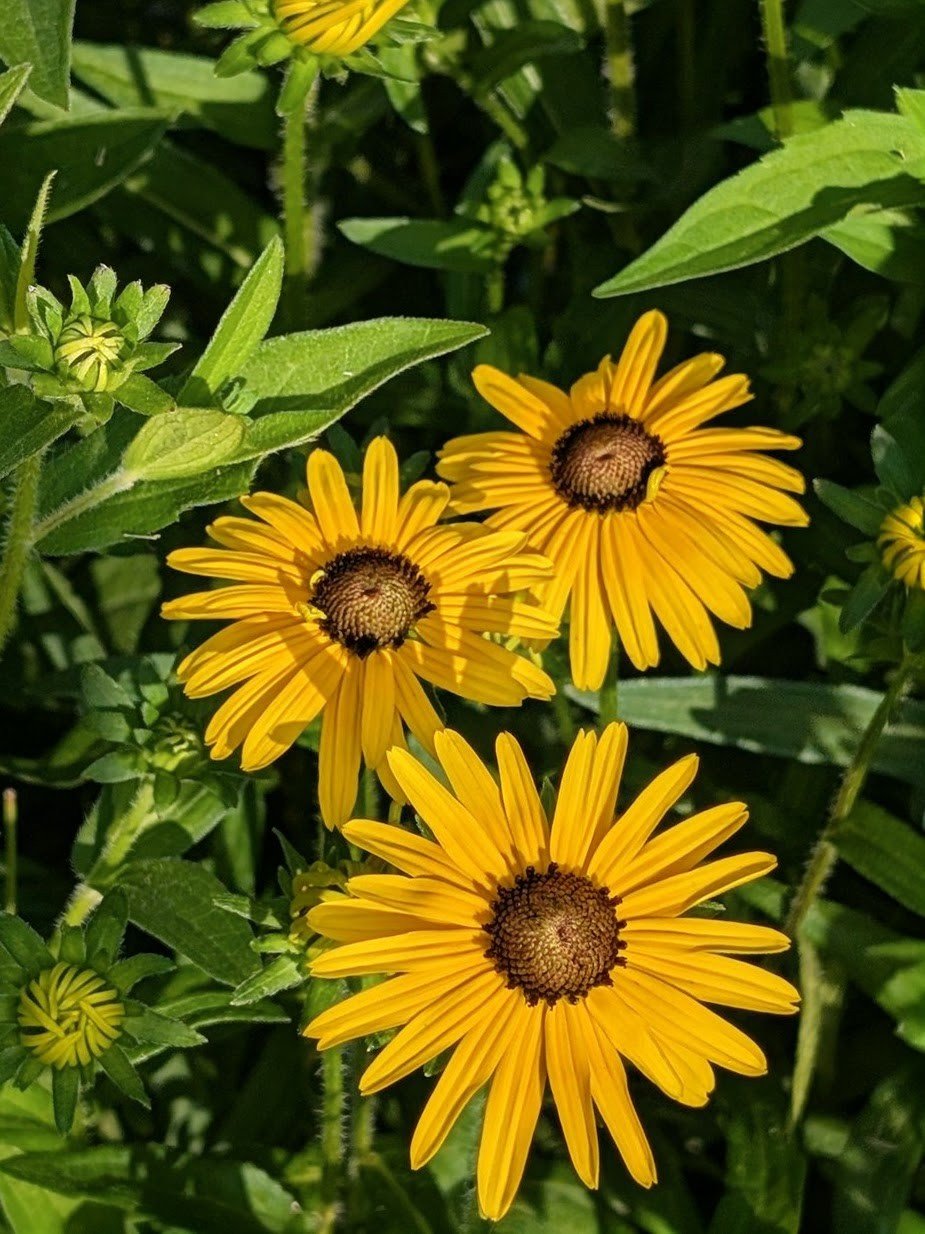Bloom: mid-summer to fall
Habitats: barrens; fens; hillside seeps; limestone glades; moist meadows; moist rocky ledges; moist rocky woodlands; savannas; swamps; woodland openings and edges
Lifespan: perennial
Moisture: moist to mesic
Plant type (height): forb (1.5 to 2.5 feet)
Requirements: full sun to partial sun
Soil: loamy or rocky soil that contains some organic material
